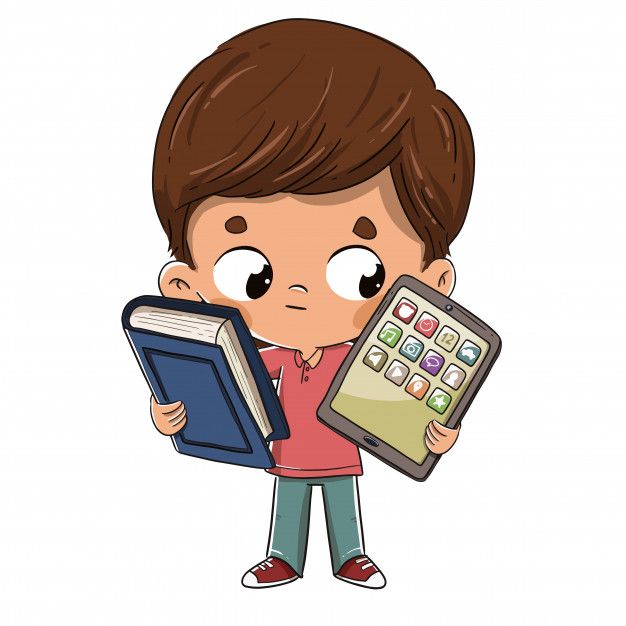The lukewarm outcomes of COP26 last year confirmed the reality of relying on the world’s leaders to address the climate emergency. Notable failures, such as the UK conference presidency failing to meet its own target to “consign coal to history”, highlight governments’ lack of urgency and action. More than ever, it’s time for individuals and institutions to step up.
And it begins with education. From emerging talent to industry icons, creatives across the board never stop learning. It is a lifelong process that makes us better practitioners, arming us with the tools to tackle the challenges of today and carve out a more sustainable and inclusive tomorrow.
From universities like the University of the Arts London that serve as bases of creative knowledge and research to industry-linked initiatives such as D&AD Shift with Google that nurture untapped talent from underrepresented backgrounds, creative education, in particular, has the power to be a catalyst for change.
This is partly because our students are a generation who will live with the consequences of climate change and for whom this crisis is personal and visceral. It is also because creative education provides a space for exploration, ideas, and ambition, largely free from commercial constraints, that encourages imagination and innovation.
This is a powerful combination and creative education has a responsibility to harness this for positive change, to equip students to develop as eco-literate, responsible, and resourceful practitioners, to navigate uncertainty, and to be change agents. And so, a transformation is underway.
It has started with reframing what we mean by “good” design, away from aesthetic sophistication, conceptual brilliance, or economic impact alone, towards responsibly resourceful processes and outcomes that also consider the impact on the human and non-human.
This involves adapting and introducing a new curriculum and rewriting the learning outcomes and objectives against which student work is assessed, using the Sustainable Development Goals set up by the United Nations General Assembly in 2015, and adopting the Unesco cross-cutting competencies, which are an interpretation of skill sets needed to enact the goals.
By foregrounding reflective and cooperative practices and building the climate conversation into educational experiences from the ground up, education is driving change, fostering the next generations who are equipped with the tools to tackle the challenges of today, carve out a more sustainable and inclusive tomorrow, and prioritise the planet and people over profit.
But there is something else. Creative education plays a critical role in cultivating our capacity to imagine. In his book The Great Derangement, Amitav Ghosh identifies our “imaginative failure” in the face of global environmental emergency, which he qualifies as “our inability to grasp the scale and violence of climate change”. While he is referring specifically to the imaginative failure and role of fiction, the implication for wider creative practice is clear.
Artists, designers, and creatives are storytellers too and must play a part in this collective imagining and the shaping of cultural change, at scale. The climate crisis requires creatives to show and share how we can imagine the unimaginable, imagine possible solutions and imagine different forms of existence.
The challenge for creative education is to continue to evolve pedagogies and practices fit for future purposes in a world in crisis, and to continue in the face of increasing extremity, to create the conditions for imagining. The challenge education passes to the industry is to value, apply and amplify the transformational skillsets and mindsets of these young creatives, and to learn from them and with them. Education is driving change, and it is the next generation who will change the world. Their futures depend on it.
Source: Campaign Magazine









Comment
No comments found.